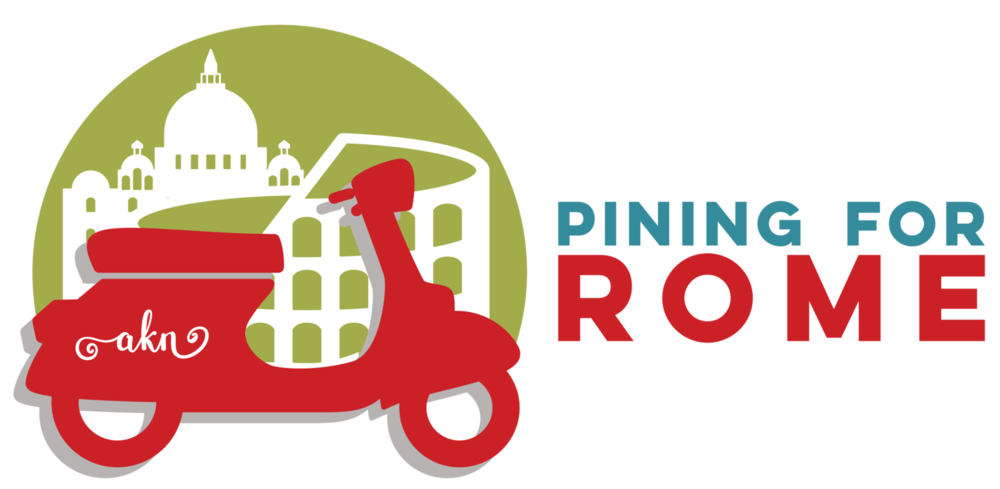 |
| a plaster cast of one of Vesuvius' victims |
An exhibit about Pompeii traveled the country, making a stop in Dallas, and my mom wanted me to see it. I have incredibly clear memories of that exhibit... the film dramatizing the volcanic eruption... the casts of bodies caught in their last moments of life... the dazzling frescoes and glittering gold jewelry and the idea that a Roman town had been frozen in time forever. I was hooked. My mom had no idea what she had started.
Now, those of you on the East Coast (or who are traveling that way) have the opportunity to do the same. Discovery Times Square just opened a new exhibit about Pompeii which looks fabulous. And like that exhibit I saw thirty-something years ago, this features a film that explores Mt. Vesuvius' eruption, plaster casts of the residents of Pompeii, and artifacts from their lives.
 |
| a fresco from Pompeii |
Mt. Vesuvius erupted in 79 AD destroying Pompeii and neighboring Herculaneum with an explosive eruption and fast-moving mud and lava flow that trapped people and their animals in their homes.
Ashes were already falling, hotter and thicker as the ships drew near, followed by bits of pumice and blackened stones, charred and cracked by the flames . . . Meanwhile on Mount Vesuvius broad sheets of fire and leaping flames blazed at several points, their bright glare emphasized by the darkness of night. -- Pliny the YoungerPliny the Elder, a Roman naturalist and historian, died trying to rescue people from the eruption. His nephew, Pliny the Younger, recorded his uncle's death and the horrors of the day writing:
Hastening then to the place from whence others fled with the utmost terror, he steered his course direct to the point of danger, and with so much calmness and presence of mind as to be able to make and dictate his observations upon the motion and all the phenomena of that dreadful scene. He was now so close to the mountain that the cinders, which grew thicker and hotter the nearer he approached, fell into the ships, together with pumice-stones and black pieces of burning rock: they were in danger too not only of being aground by the sudden retreat of the sea, but also from the vast fragments which rolled down from the mountain and obstructed all the shore. Here he stopped to consider whether he should turn back again; to which the pilot advising him, "Fortune," said he, "favors the brave; steer to where Pomponianus is."But it was no use. The toxic fumes got the worse of Pliny the Elder, and he died. His nephew recalls hearing the cries of the terrified and the dying, writing:
You might hear the shrieks of women, the screams of children, and the shouts of men; some calling for their children, others for their parents, others for their husbands, and seeking to recognize each other by the voices that replied; one lamenting his own fate, another that of his family; some wishing to die, from the very fear of dying; some lifting their hands to the gods; but the greater part convinced that there were now no gods at all, and that the final endless night of which we have heard had come upon the world.The story of the destruction of Pompeii is like the story of the Titanic -- we all know what is going to happen, but we can't turn away. And Discovery's exhibit, organized by the Soprintendenza Archeologica di Napoli e Pompei, which oversees Pompeii, promises to bring that drama to life for a new generation of visitors.
Pompeii: The Exhibit
- Opened March 4, 2011
- Discovery Times Square in New York City
- Tickets: $25 (adults); $22.50 (seniors); $19.50 (children 4-12); Children under 4 are free
- For exhibit hours and to purchase tickets online visit the website: http://www.discoverytsx.com/pompeii
Read the New York Times review of the exhibit:
When the Dead Arise and Head to Times Square
By EDWARD ROTHSTEIN
Published: March 3, 2011
All photos used with permission and courtesy of Discovery Times Square.



